
One of several plaques adorning the Italian Hall memorial arch at the heritage site in Calumet. (Photo by Lindsay Hiltunen, June 2013)
100 years ago today the Women’s Auxiliary of the Western Federation of Miners hosted a Christmas party for striking miners and their families. Organized by Anna “Big Annie” Clemenc, the party was intended to boost morale and provide Christmas festivities for the children, many of whom came from families who were struggling to get by after many months of striking. The party was in the second-floor ballroom of the Italian Hall building in Calumet, but it was attended by people of various ethnic groups, including Finnish, Croatian, and Italian to name a few. There was caroling, a Christmas tree, oranges and other hard to come by foods, candy, and a visit from Santa Claus. However, after the festivities began someone – to this day nobody knows who – yelled “Fire!” The cry of fire caused a calamitous rush for the narrow stairway down to the first floor. In the chaos people were tripping and becoming jammed on the stairs, leading to a horrific stampede. People were crushed and suffocated. By the time all had calmed down 73 people, mostly children under the age of 16, had perished in the stairwell stampede. There was no fire.
The tragedy itself remains a focal point of the strike and still remains an event of much historical debate. The tragedy has inspired many historical texts, songs, stage performances, several documentaries, exhibits, and research. However, despite the attention paid to the tragedy, its aftermath, and its context within the strike, there is still much grief, uncertainty, and debate surrounding the Christmas party and the subsequent loss of life.
To commemorate the strike and the centennial of the tragedy the Village of Calumet will be hosting a vigil at the Italian Hall heritage site today at 3:30. 100 years later this local tragedy has not only found a way to reach into the hearts of those in the local community, but it still remains a bleak historical event of national significance as well. In an age where workers’ rights are being challenged across the country, with right-to-work legislation weakening the labor movement and workers’ struggling to fight for fair pay and healthcare, the Italian Hall tragedy can serve as a somber reminder that we should not only mourn the dead, but also fight for the living.

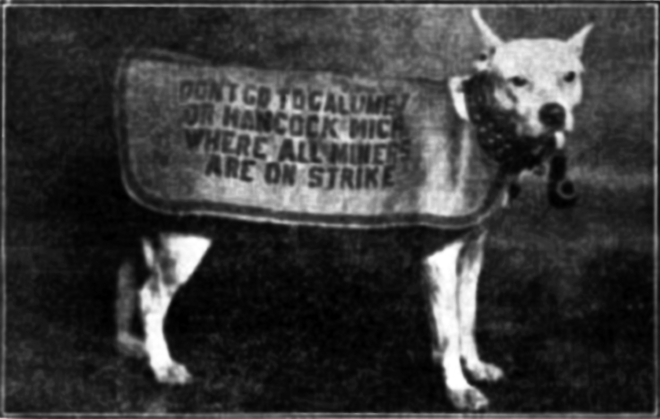



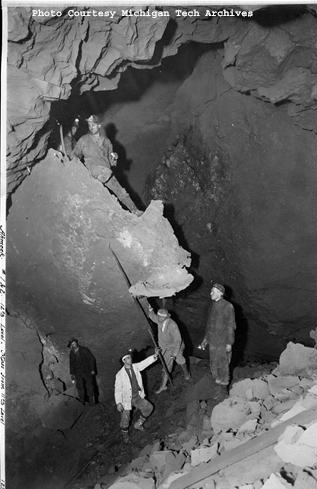
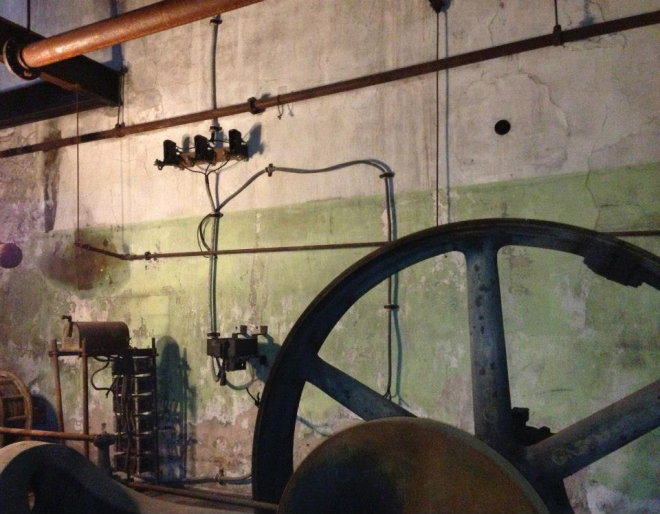


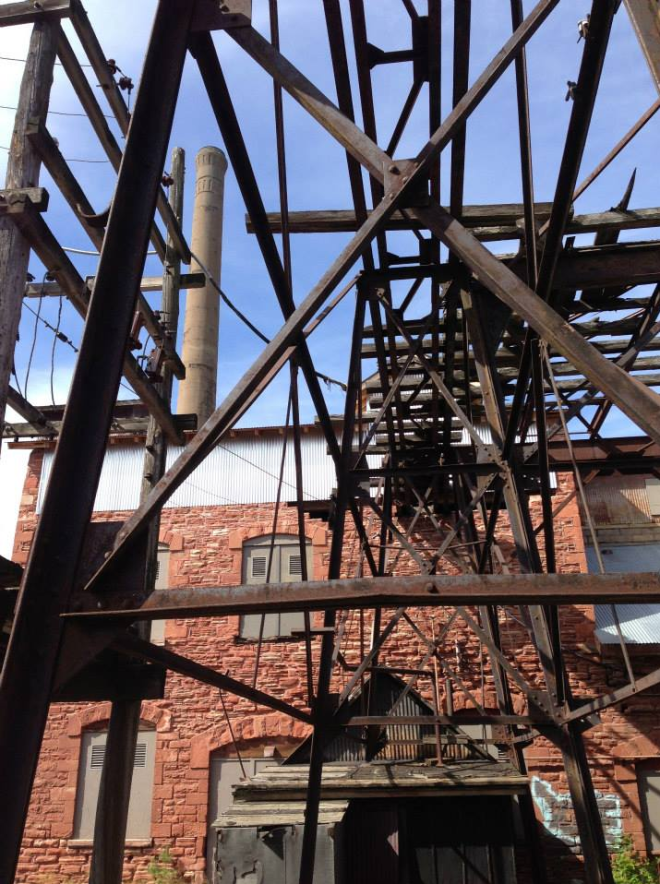
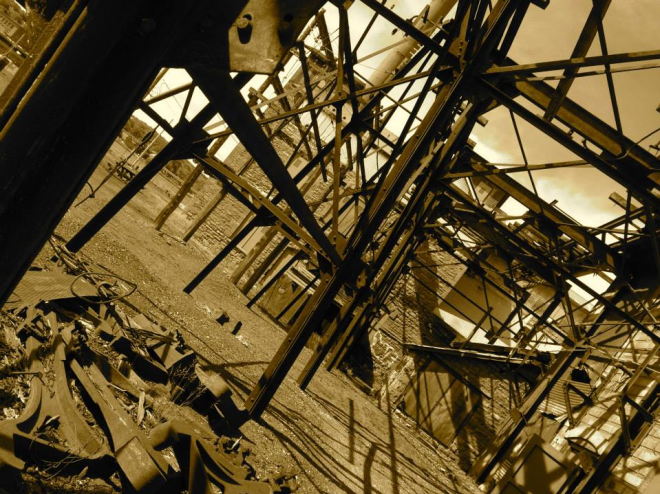

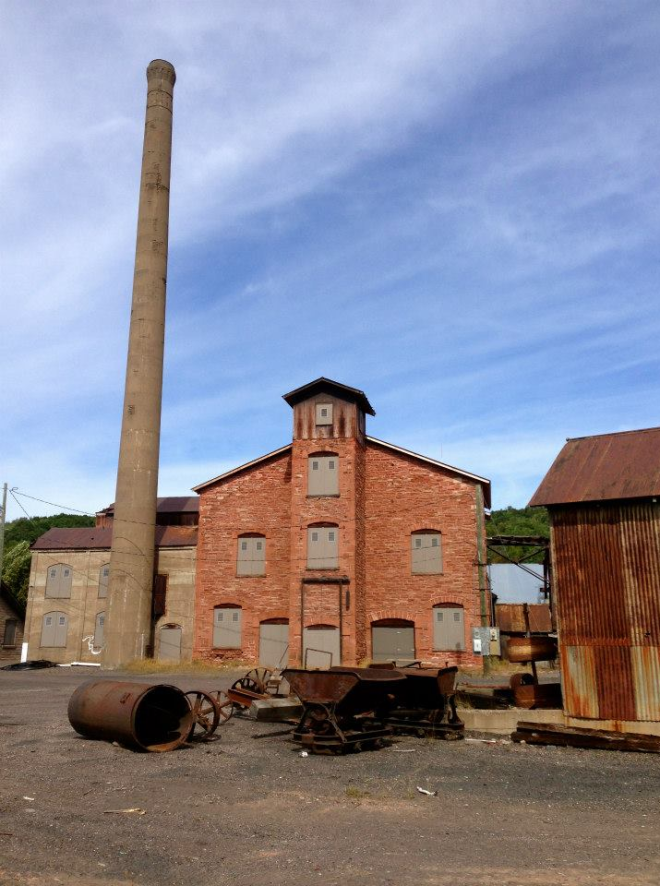
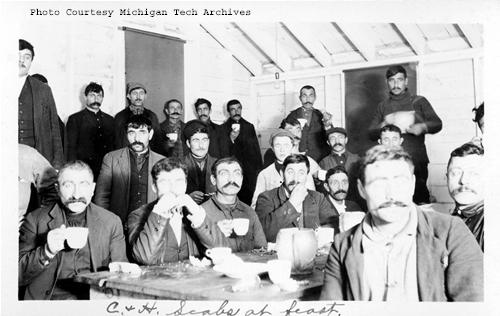

![The Putrich family after moving to St. David, Illinois. Standing, left to right: Fabian, Frank, Mary (Mrs. Joseph Tadejevic), and Paul. Sitting, left to right, John, Sylvia (Mrs. John Tomlianovich), Antonia (Grubisich), Joseph, Josephine (Mrs. William Aubrecht). [The family's boardinghouse in Seeberville, near Painesdale, was the site of an August 1913 shooting. Strike deputies fired shots into the building, killing Steve Putrich and Louis Tijan.]](https://coppercountry.files.wordpress.com/2013/08/putrichfamily.png?w=660)